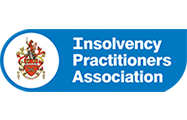Compulsory Liquidation
A compulsory liquidation (“Compulsory Liquidation”) is initiated by the presentation of a petition to the court for the company to be wound up by order of the court.
This is a formal insolvency procedure whereby a company is forced to close. This process can be instigated by various parties who may issue a petition. The majority of winding up petitions are presented by creditor(s) of a limited company who have not been paid monies owed to them.





